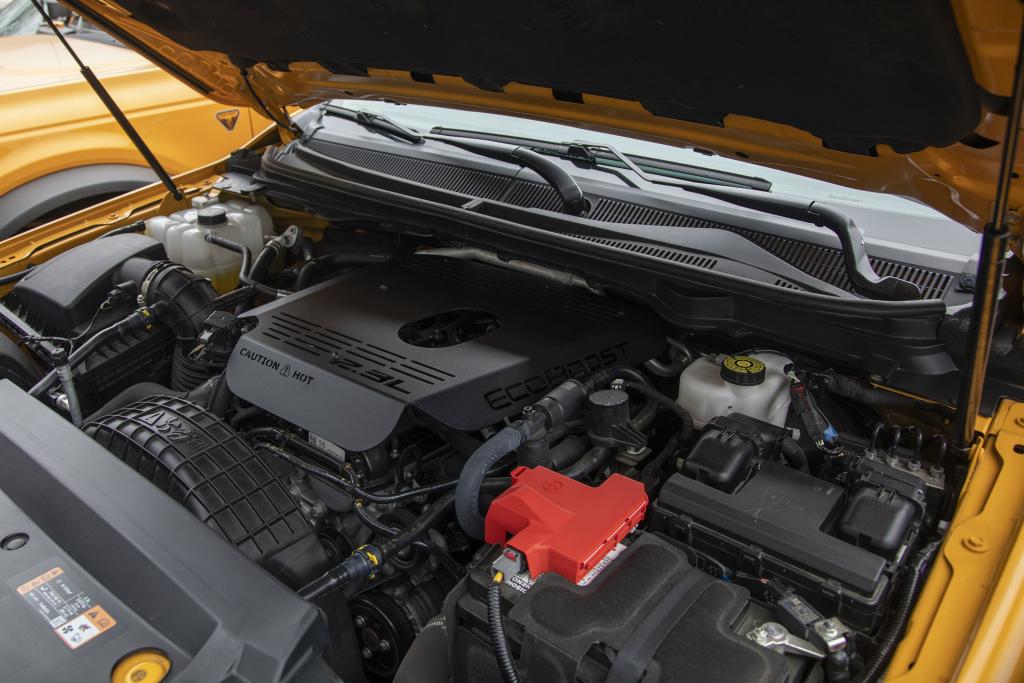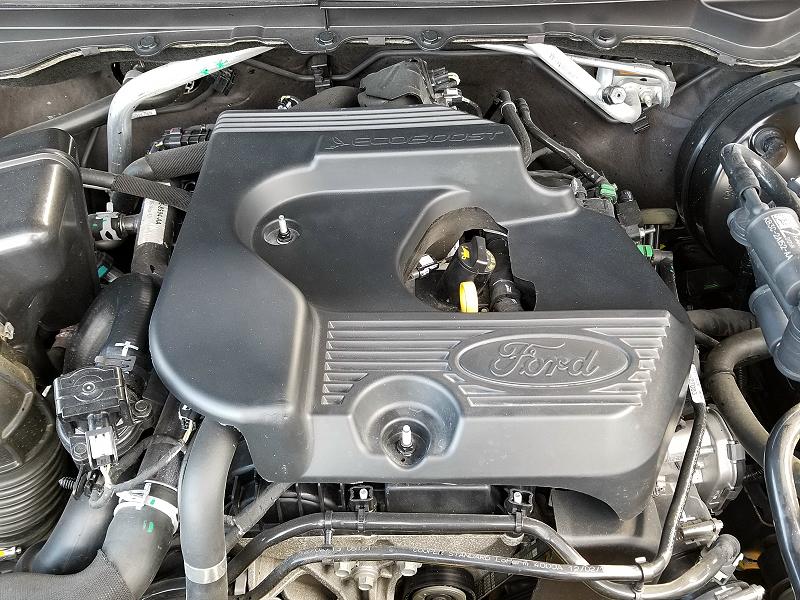Explore the Key Features of the 2.2 Ford Ranger Engine and Its Fuel Efficiency
Explore the Key Features of the 2.2 Ford Ranger Engine and Its Fuel Efficiency
Blog Article
Comprehending the Basics of Cars And Truck Engines: Types, attributes, and features
Review of Auto Engines
A cars and truck engine functions as the heart of a car, converting gas into mechanical energy to propel it ahead. This intricate system consists of various elements that operate in unison to ensure optimum performance and performance. The essential operation of a cars and truck engine involves the interior combustion procedure, where gas and air are combined, fired up, and removed to create power.
The engine's layout can substantially impact its efficiency, gas efficiency, and emissions. Trick parts include the cyndrical tube block, pistons, crankshaft, and camshaft, each playing a critical function in the engine's total function.
Along with these elements, engines typically use various systems such as gas shot, ignition, and cooling systems to improve performance and durability. Understanding the fundamental technicians of automobile engines is important for detecting problems and doing upkeep, inevitably adding to the lorry's dependability and performance over time.

Kinds of Cars And Truck Engines
Car engines can be categorized into several types based on their style, fuel kind, and functional concepts. 2.2 ford ranger engine. The most common classifications include internal burning engines (ICE), electric engines, and crossbreed engines
Internal burning engines, which can be more separated right into gas and diesel engines, operate by igniting a fuel-air mixture to produce power. Fuel engines are usually lighter and smoother, while diesel motor are extra fuel-efficient and deal higher torque.
Electric engines use electric power saved in batteries to power an electric motor, offering immediate torque and zero exhausts during operation. As innovation advancements, electrical cars (EVs) are progressively becoming preferred for their environmental benefits and reduced running expenses.
Crossbreed engines incorporate components of both interior burning and electrical engines, permitting for adaptable source of power and boosted gas effectiveness. They can operate in different modes, utilizing either the fuel engine, the electrical motor, or both concurrently.
Each kind of engine has unique benefits and disadvantages, influencing their application in various vehicle types and market sectors, from compact autos to durable vehicles. Recognizing these types is necessary for making educated decisions concerning lorry choice and efficiency assumptions.
Engine Functions Clarified
Understanding engine features is crucial for realizing exactly how vehicles run effectively. At the core of any kind of internal combustion engine exists the essential process of converting gas into power. This process starts with the intake stroke, where air and gas are attracted into the combustion chamber. Following this, the compression stroke presses the air-fuel blend, boosting its temperature and stress.
The ignition happens following, igniting the mixture and developing a fast growth of gases. This pressure drives the piston down throughout the power stroke, which eventually equates right into the rotational motion of the crankshaft. The exhaust stroke then removes the spent gases from the chamber, making means for a new cycle to begin.
In enhancement to these main functions, engines also integrate Discover More systems that handle cooling and lubrication, making certain optimum operational temperatures and minimizing friction between moving parts. This complex interaction of functions makes it possible for the engine to produce the power necessary for automobile propulsion while maintaining efficiency and reliability. Recognizing these features supplies important understanding right into the complexities of auto engineering and boosts the capability to diagnose and attend to engine-related issues effectively.
Trick Engine Functions
Engine design includes a number of key attributes that dramatically influence toughness, effectiveness, and efficiency. One of one of the most vital elements is the engine arrangement, which consists of inline, V-type, and flat styles. Each configuration influences the engine's equilibrium, power, and dimension result, thereby influencing general vehicle characteristics.
An additional vital feature is the engine displacement, describing the overall quantity of all cylinders. Bigger variations generally yield even more power however may compromise fuel performance. Engine materials likewise play a pivotal duty; light-weight and high-strength materials, such as light weight aluminum and magnesium alloys, enhance performance without including excessive weight.
The kind of fuel shot system utilized-- such as direct or multi-port shot-- affects burning performance and discharges. Turbocharging and supercharging are functions that enhance engine performance by forcing additional air into the combustion chamber, increasing power output without substantially boosting engine dimension.
Last but not least, the visibility of innovative engine management systems optimizes fuel-air mixture and ignition timing, contributing to smoother operation and better gas More Help economy. Collectively, these functions define an engine's capacities, establishing the foundation for its efficiency and long life in a competitive automobile landscape.
Maintenance Tips for Engines
Appropriate engine upkeep is vital for guaranteeing ideal performance and durability, as overlooking regular care can result in considerable concerns down the line. To keep your engine efficiently, start with routine oil modifications, normally every 3,000 to 7,500 miles, depending upon the kind of oil used. Fresh oil lubricates engine elements, decreasing rubbing and wear.
Furthermore, keeping an eye on coolant levels is essential to avoid overheating. Make certain that the coolant is topped up and remains in great condition to keep efficient temperature regulation. On a regular basis replace and examine air and gas filters, as stopped up filters can hinder airflow and gas delivery, compromising engine effectiveness.
Moreover, take notice of ignition system and ignition systems. Faulty or worn ignition system can lead to misfiring and lowered performance. Examining the battery terminals and links for rust is also important, as a weak battery can influence engine beginning.

Conclusion
In recap, an extensive understanding of auto engines incorporates various kinds, features, and vital features that substantially affect vehicle performance. Internal combustion engines, in addition to electric and hybrid options, demonstrate varied devices for power conversion. 2.2 ford ranger engine. Recognizing the necessary features, such as consumption and exhaust cycles, along with critical engine functions like setup and gas shot systems, equips cars and truck proprietors with the understanding required for effective upkeep and operation, eventually improving automobile durability and effectiveness
A cars and truck engine offers as the heart of a car, converting gas into mechanical energy to push it forward. The essential procedure of a visit here vehicle engine includes the inner combustion procedure, in which gas and air are mixed, sparked, and removed to create power.
On a regular basis replace and evaluate air and gas filters, as clogged filters can prevent air flow and gas delivery, compromising engine performance. - 2.2 ford ranger engine
In recap, a thorough understanding of car engines encompasses numerous types, features, and key attributes that substantially influence automobile efficiency. Acknowledging the crucial functions, such as intake and exhaust cycles, along with important engine attributes like arrangement and fuel injection systems, equips automobile proprietors with the understanding essential for effective maintenance and operation, eventually enhancing vehicle durability and efficiency.
Report this page